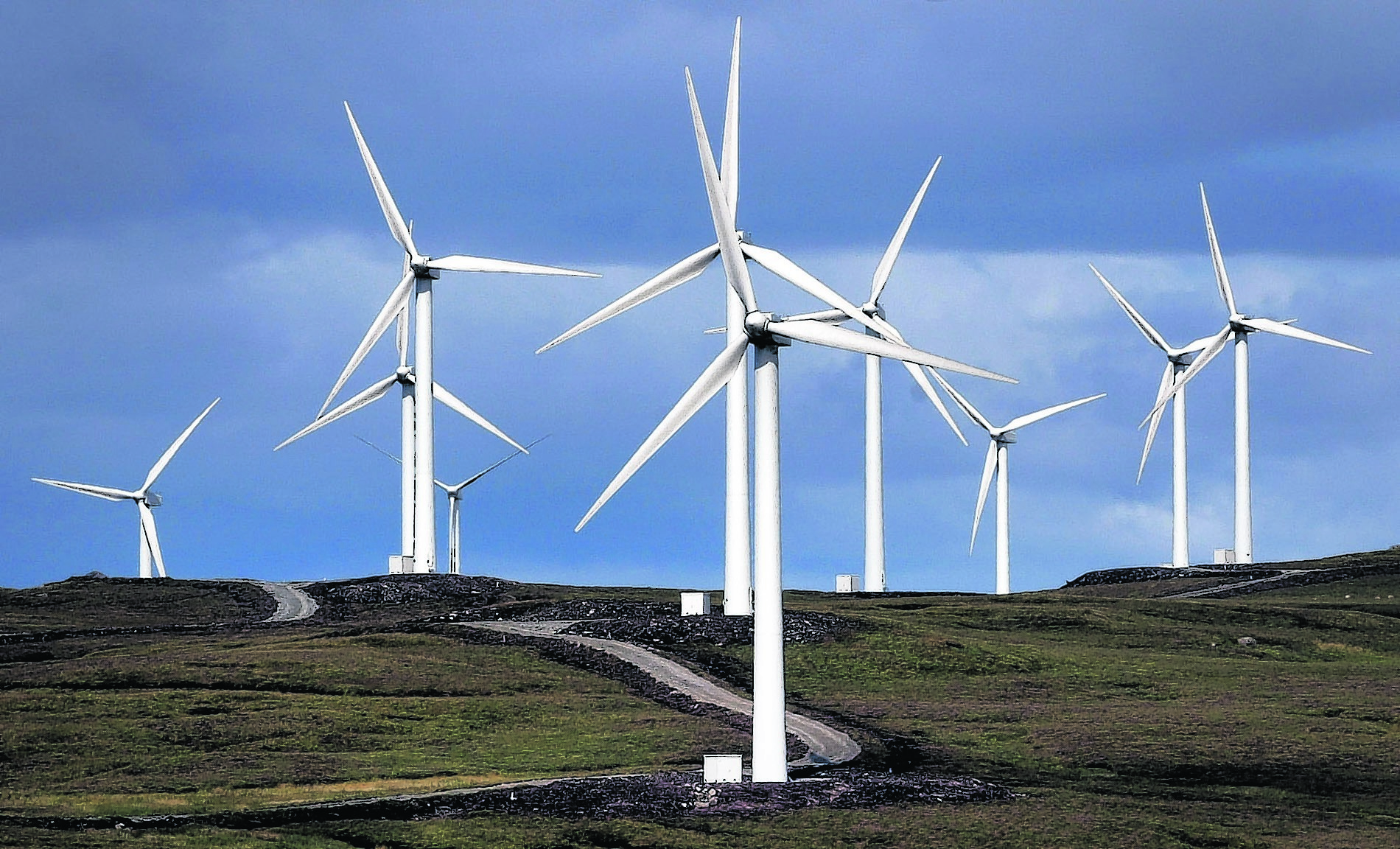New research has shown that most seabirds alter their flight paths to avoid colliding with turbines.
But the review by the British Trust for Ornithology (BTO) and the University of Highlands and Islands’ Environmental Research Institute has warned there still may be significant risks.
Whilst most birds will take action to avoid colliding, a proportion will not. The review found that more than 99% of seabirds were likely to alter their flight paths in order to avoid collision.
However, Aonghais Cook, Research Ecologist at BTO, who led the study said: “It is important not to get lulled into a false sense of security by these figures. Whilst 99% of birds may avoid turbines, collision may still be a significant risk at sites with large numbers of birds. Furthermore, there are still a number of key gaps in knowledge for some vulnerable species.”
The review also revealed species-specific differences in the way in which seabirds respond to wind farms. A significant proportion of gannets will avoid even entering a wind farm, however, gulls are much less cautious and may even be attracted to the sites as a result of the foraging opportunities they offer.
Despite this, once inside the wind farms even gulls seem to show a strong avoidance of the turbine blades. Whilst there are still significant gaps in the knowledge of bird behaviour within offshore wind farms, this work represents a major step forward, helping to ensure decisions are based on the best available evidence.
In a joint response, the Government’s Statutory Nature Conservation Bodies welcomed this “important piece of work and congratulated Marine Scotland Science (MSS) for taking the initiative to commission the report and the British Trust for Ornithology (BTO) for conducting such a thorough review.”
This work was carried out on behalf of Marine Scotland Science.
